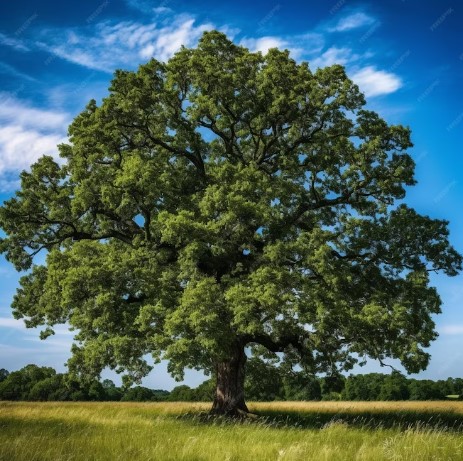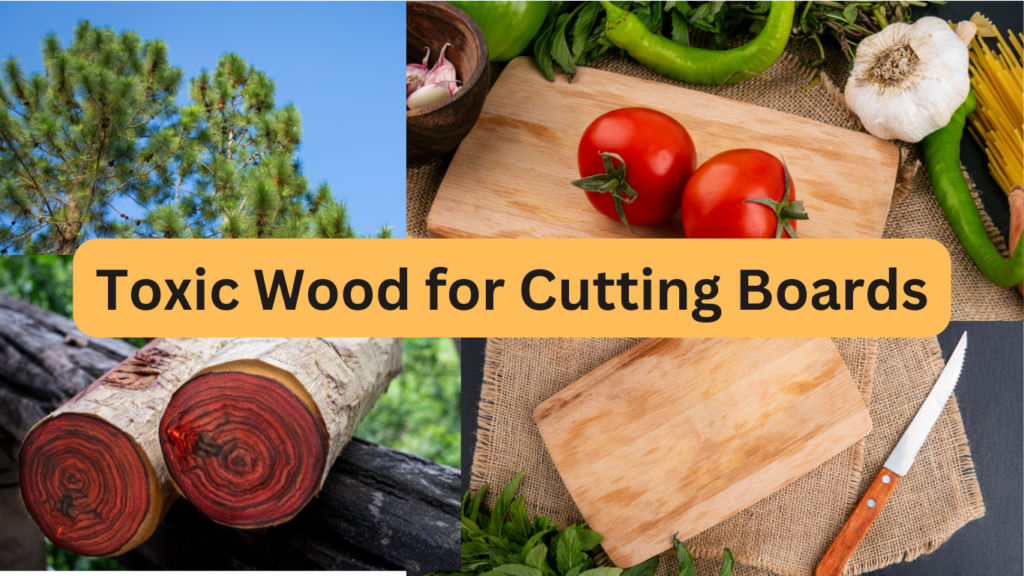The choice of wood for cutting boards goes beyond aesthetics. It involves considerations of safety, durability, and functionality. This comprehensive guide explores the woods to avoid, factors to weigh when selecting the best material and highlighting the ideal wood types for crafting cutting boards that are both practical and safe.
Understanding Toxic Wood for Cutting Boards
When it comes to creating a reliable and safe cutting board, understanding the types of wood to avoid is paramount. These toxic wood for cutting boards can compromise the safety of your kitchen and, by extension, your health.
Toxic Woods to Avoid for Cutting Boards: what woods are toxic for cutting boards?
The softness of the Wood: Softwoods to Avoid
When it comes to cutting boards, softness can be a detrimental quality. Steer clear of these softwoods:
Pine:
Despite its availability, pine is too soft for cutting boards, prone to scratches, and liable to wear quickly.


Cedar:
While appealing for its aromatic properties, cedar’s softness makes it unsuitable for cutting boards, lacking the necessary durability.
Fir:
Fir, another softwood, is prone to denting and scratching, compromising its longevity as a reliable cutting surface.

Wood Porosity: Porous Woods to Avoid
Porous woods can absorb liquids, potentially leading to bacterial growth. Avoid these porous woods:

Oak:
Despite its durability, oak is relatively porous, allowing liquids to penetrate and potentially leading to bacterial growth.
Mahogany:
While visually appealing, mahogany’s higher porosity makes it less suitable for cutting boards where moisture resistance is crucial.

Wood Toxicity Levels: Toxic Woods to Avoid
Certain woods release toxins that can be harmful when in contact with food. Woods to steer clear of include:

Rosewood:
Known for its beauty, rosewood can release oils that may be harmful, making it unsuitable for cutting boards.
Teak:
While resistant to moisture, teak contains natural oils that may affect the taste of food, making it a less desirable choice.

Choosing the Best Woods for Cutting Boards
How to Pick the Best Wood for Cutting Boards
Choosing the best wood for a cutting board involves evaluating various factors:
Softness of the Wood
- Density and Hardness:
- Select hardwoods with high Janka hardness ratings to ensure the cutting board can withstand the impact of knives without excessive wear.
- Durability:
- Consider the expected usage and choose a wood that aligns with the demands of your kitchen. Hardwoods provide a balance of durability and functionality.
Wood Porosity
- Closed Grain Structure:
- Opt for hardwoods with a closed grain structure and low porosity to prevent bacteria from penetrating the wood. Maple and walnut are prime examples.
- Tight Wood Structure:
- Choose woods with a tight and uniform structure to minimize the chances of liquids and bacteria seeping into the wood.
Wood Toxicity
- Natural Oils:
- Opt for woods with natural oils that are safe for food contact. Maple, cherry, and bamboo are excellent choices with low toxicity levels.
- Avoid Exotic Hardwoods:
- Steer clear of exotic hardwoods that may release toxins or have unknown safety profiles. Stick to domestic hardwoods known for their safety in food applications.
Best Wood Types to Use as a Cutting Board

Selecting the right wood is crucial for crafting a cutting board that enhances your culinary experience while ensuring safety. Consider these ideal wood types:

Maple:
Known for its hardness and closed-grain structure, maple is a popular choice for cutting boards. It resists scratches and is easy to maintain.
Cherry:
Cherry wood offers a beautiful reddish-brown hue and natural oils that enhance its resistance to bacteria.


Walnut:
With a rich color and dense structure, walnut provides an attractive and durable surface for cutting boards.
Bamboo:
As a rapidly renewable resource, bamboo is eco-friendly, resistant to bacteria, and less porous than many hardwoods.

Non-Toxic Wood Filler for Cutting Boards
Ensuring the longevity and safety of your cutting board involves not only selecting the right wood but also addressing any imperfections that may arise over time. Enter non-toxic wood filler—a valuable addition to the toolkit of any cutting board enthusiast.
Why Use Non-Toxic Wood Filler?
Surface Repairs:
- Non-toxic wood filler is ideal for addressing minor surface imperfections, such as small cracks or dents, ensuring a smooth and even cutting surface.
Food Safety Assurance:
- Opting for a non-toxic wood filler reinforces the commitment to food safety. It provides a reliable solution without compromising the health and well-being of your kitchen.
How to Choose the Right Non-Toxic Wood Filler
Water-Based Formulas:
- Look for water-based wood fillers, as they are less likely to release harmful chemicals and are compatible with the kitchen environment.
Natural Ingredients:
- Prioritize wood fillers made from natural ingredients, avoiding those with additives that could pose risks when in contact with food.
Application Tips
Follow Manufacturer Guidelines:
- Adhere to the application instructions provided by the wood filler manufacturer to ensure optimal results and a safe outcome.
Sand for Smooth Finish:
- After application, sand the filled areas for a seamless and smooth finish, creating a cutting board surface that is both functional and aesthetically pleasing.
Recommended Non-Toxic Wood Fillers
Bondo Wood Filler:
- Bondo offers a water-based wood filler that is easy to apply, dries quickly, and is suitable for cutting boards. It provides a durable repair without compromising safety.
Elmer’s E887Q Stainable Wood Filler:
- Elmer’s wood filler is another excellent option, featuring a stainable formula that blends seamlessly with the natural color of the wood. It is non-toxic and easy to work with.
Conclusion
In the realm of cutting boards, the choice of wood is a nuanced decision that balances aesthetics, functionality, and health considerations. Avoiding softwoods, porous woods, and toxic varieties is paramount for crafting a cutting board that not only enhances your culinary experience but also ensures the safety of your kitchen. By considering factors such as wood density, porosity, and toxicity levels, you can confidently choose the best wood for a cutting board that suits your needs and stands the test of time. Embrace the art of crafting a safe and reliable culinary companion with the right choice of wood for your cutting board.
Frequently Asked Questions (FAQs)
1. What is considered toxic wood for cutting boards?
Toxic wood for cutting boards includes varieties that release harmful substances or toxins when in contact with food. Examples of such woods include rosewood, teak, and woods with high natural oil content that may affect the taste and safety of the prepared food.
2. How can I identify toxic wood for cutting boards?
Identifying toxic wood involves researching the specific wood species and understanding its properties. Look for information on natural oils, toxicity levels, and any known issues related to food safety. Prioritize woods with low toxicity and those proven to be safe for food contact.
3. Can I treat toxic wood to make it safe for cutting boards?
Treating toxic wood to make it safe for cutting boards is not advisable, as certain properties, such as the release of natural oils, may be inherent to the wood. It’s better to choose woods known for their safety in food applications, avoiding the risks associated with toxic woods.
4. Are there specific maintenance practices to ensure the safety of my cutting board?
Regularly inspecting your cutting board for any surface imperfections and using non-toxic wood filler for repairs is a good maintenance practice. Additionally, proper cleaning, drying, and occasional oiling can contribute to the longevity and safety of your cutting board.

